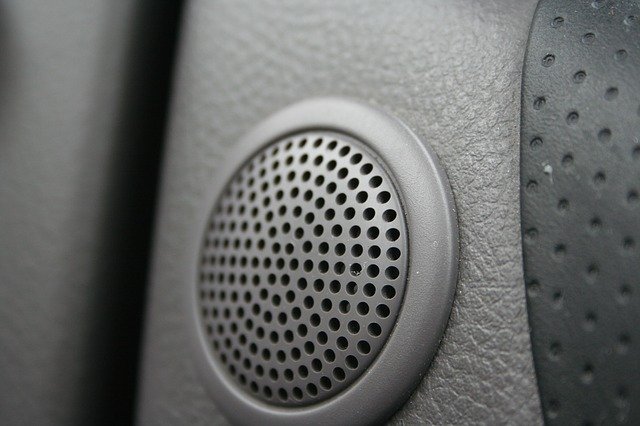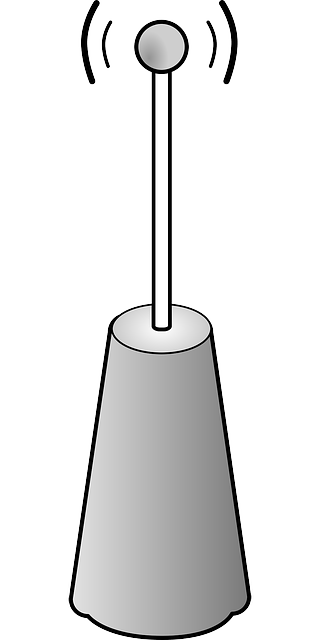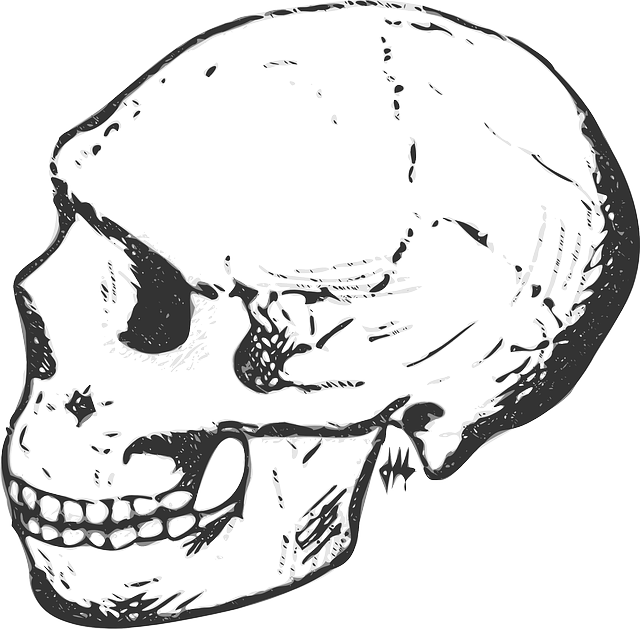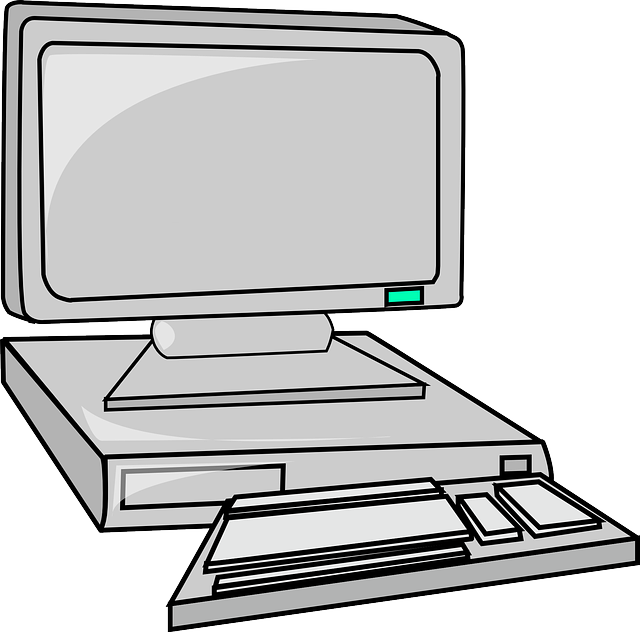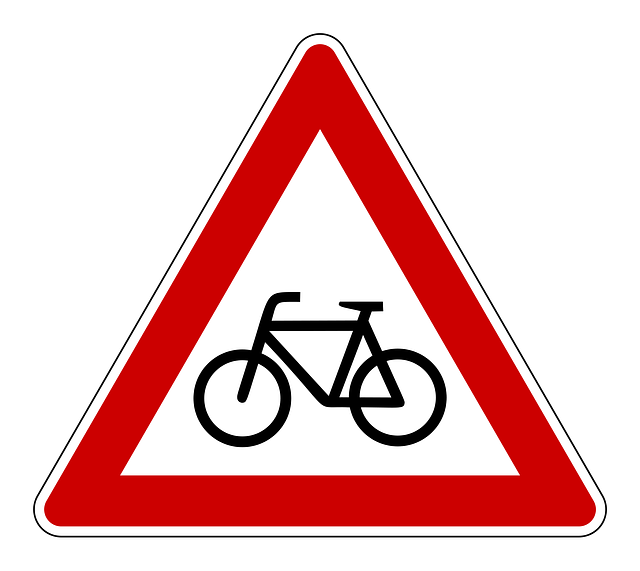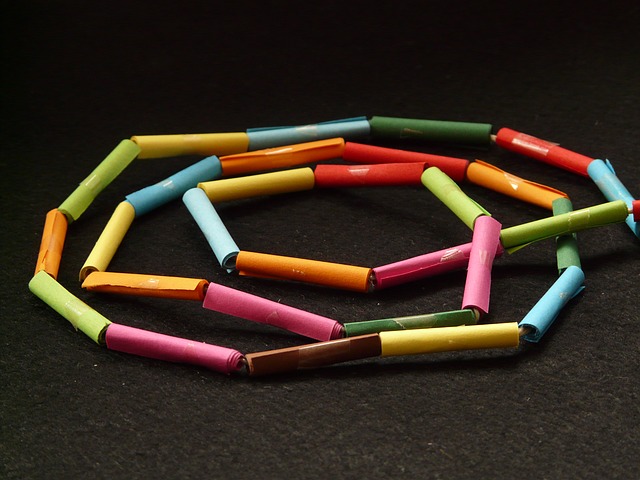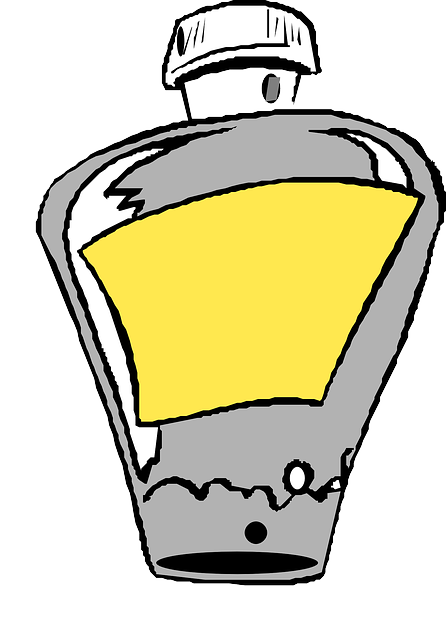تمپلومايور
The Templo Mayor (Spanish for "[the] Greater Temple") was the main temple of the Mexica peoples in their capital city of Tenochtitlan, which is now Mexico City. Its architectural style belongs to the late Postclassic period of Mesoamerica. The temple was called the Huēyi Teōcalli [we:ˈi teoːˈkali] in the Nahuatl language. It was dedicated simultaneously to Huitzilopochtli, god of war, and Tlaloc, god of rain and agriculture, each of which had a shrine at the top of the pyramid with separate staircases. The spire in the center of the adjacent image was devoted to Quetzalcoatl in his form as the wind god, Ehecatl. The Great Temple devoted to Huitzilopochtli and Tlaloc, measuring approximately 100 by 80 م (328 by 262 قدم) at its base, dominated the Sacred Precinct. Construction of the first temple began sometime after 1325, and it was rebuilt six times. The temple was destroyed by the Spanish in 1521 to make way for the new cathedral.
The Zócalo, or main plaza of Mexico City today, was developed to the southwest of this archeological site, which is located in the block between Seminario and Justo Sierra streets. The site is part of the Historic Center of Mexico City, which was added to the UNESCO World Heritage List in 1987. It received 801,942 visitors in 2017.
الاكتشاف والحفريات
After the destruction of Tenochtitlan, the Templo Mayor, like most of the rest of the city, was taken apart and the area redeveloped by new structures of the Spanish colonial city. The Temple’s exact location was forgotten. By the 20th-century, scholars had a good idea where to look for it. This was based on the archeological work done at the end of the 19th century and the first half of the 20th. Leopoldo Batres did some excavation work at the end of the 19th century under the Mexico City Metropolitan Cathedral because at the time, researchers thought the cathedral had been built over the ruins of the temple.
In the first decades of the 20th century, Manuel Gamio found part of the southwest corner of the temple and his finds were put on public display. However, the discovery did not generate great public interest in excavating further, because the zone was an upper-class residential area. In 1933, Emilio Cuevas found part of a staircase and beam. In 1948, Hugo Moedano and Elma Estrada Balmori excavated a platform containing serpent heads and offerings. In 1966, Eduardo Contreras and Jorge Angula excavated a chest containing offerings, which had first been explored by Gamio.
The push to fully excavate the site did not come until late in the 20th century. On 21 February 1978, workers for the electric company were digging at a place in the city then popularly known as the "island of the dogs". It was so named because it was slightly elevated over the rest of the neighborhood and, during flooding, street dogs would congregate there. Just over two meters down, the diggers struck a pre-Hispanic monolith. This stone turned out to be a huge disk of over 3.25 مترs (10.7 قدم) in diameter, 30 centiمترs (11.8 بوصة) thick and weighing 8.5 طن متري (8.4 long tons; 9.4 short tons). The relief on the stone was later determined to be Coyolxauhqui, Huitzilopochtli's sister, and was dated to the end of the 15th century.
From 1978 to 1982, specialists directed by archeologist Eduardo Matos Moctezuma worked on the project to excavate the Temple. Initial excavations found that many of the artifacts were in good enough condition to study. Efforts coalesced into the Templo Mayor Project, which was authorized by presidential decree.
To excavate, 13 buildings in this area had to be demolished. Nine of these were built in the 1930s, and four dated from the 19th century, and had preserved colonial elements. During excavations, more than 7,000 objects were found, mostly offerings including effigies, clay pots in the image of Tlaloc, skeletons of turtles, frogs, crocodiles, and fish; snail shells, coral, some gold, alabaster, Mixtec figurines, ceramic urns from Veracruz, masks from what is now Guerrero state, copper rattles, and decorated skulls and knives of obsidian and flint. These artifacts are now housed in the Templo Mayor Museum. This museum is the result of the work done since the early 1980s to rescue, preserve and research the Templo Mayor, its Sacred Precinct, and all objects associated with it. The museum exists to make all of the finds available to the public.
النسخ المبكرة
The excavated site consists of two parts: the temple itself, exposed and labeled to show its various stages of development, along with some other associated buildings, and the museum, built to house the smaller and more fragile objects.
النسخة الأخيرة
The seventh and last temple is what Hernán Cortés and his men saw when they arrived to Tenochtitlan in 1519. Very little of this layer remains because of the destruction the Spaniards wrought when they conquered the city. Only a platform to the north and a section of paving in the courtyard on the south side can still be seen.
الرمزية
According to tradition, the Templo Mayor is located on the exact spot where the god Huitzilopochtli gave the Mexica people his sign that they had reached the promised land: an eagle on a nopal cactus with a snake in its mouth.
الحرم المقدس والمباني المحيطة
The Sacred Precinct of the Templo Mayor was surrounded by a wall called the "coatepantli" (serpent wall). Among the most important buildings were the ballcourt, the Calmecac (area for priests), and the temples dedicated to Quetzalcoatl, Tezcatlipoca and the sun. The Templo Mayor itself delineated the eastern side of the Sacred Precinct.
القرابين
المتحف
The museum of the Templo Mayor was built in 1987 to house the Templo Mayor Project and its finds—a project which continues work to this day. In 1991, the Urban Archeology Program was incorporated as part of the Templo Mayor Project whose mission is to excavate the oldest area of the city, around the main plaza. The museum building was built by architect Pedro Ramírez Vázquez, who envisioned a discreet structure that would blend in with the colonial surroundings. The museum has four floors, three of which are for permanent exhibitions and the fourth houses offices for the director, museum administration and research staff. Other departments are located in the basement, where there is also an auditorium.
انظر أيضاً
- List of Mesoamerican pyramids
- مذبحة المعبد الكبير
المراجع
- ^ El Templo Mayor (Distrito Federal) Archived 25 September 2009 at the Wayback Machine. (in Spanish). México Desconocido. Retrieved 2010-04-25
- ^ "Study the... WIND GOD".
- ^ "EL RECINTO CEREMONIAL Y EL TEMPLO MAYOR Evolución de la Gran Tenochtitlan" (in Spanish). Retrieved 2008-11-09.CS1 maint: unrecognized language (link)
- ^ Carrizosa Montfort, Fernando. "Templo Mayor de Tenochtitlan" (PDF). Arqueologia Mexicana Guia de Viajeros (in Spanish). 65. Archived from the original (PDF) onثمانية August 2008. Retrieved 2008-11-09. CS1 maint: unrecognized language (link)
- ^ Jose Rogelio Alvarez, ed. (2003). "Templo Mayor". Enciclopedia de Mexico (in Spanish). XIII. Mexico City: Sabeca International Investment Corp. ISBN .CS1 maint: unrecognized language (link)
- ^ "Estadística de Visitantes" (in الإسبانية). INAH. Retrieved 25 March 2018.
- ^ Solis, Felipe; Angel Gallegos (August 2000). "El Templo Mayor de Mexico-Tenochtitlan". Mexico Desconocido (in Spanish). 45 (91). Archived from the original on 21 October 2008. Retrieved 9 November 2008. CS1 maint: unrecognized language (link)
- ^ Lindstrom, Naomi (2004). Early Spanish American Narrative. Austin TX USA: University of Texas Press. p. 23.
- ^ Lordes Cue, ed. (14 January 1998). "Templo Mayor Project". Archived from the original onخمسة November 2008. Retrieved 9 November 2008.
- ^ Lourdes Cue, ed. (14 January 1998). "Sacred Precinct". Archived from the original onعشرة October 2008. Retrieved 9 November 2008.
- ^ Lourdes Cue, ed. (14 January 1998). "Templo Mayor Museum". Archived from the original on 28 September 2008. Retrieved 9 November 2008.
للاستزادة
- Antonio Serrato-Combe: The Aztec Templo Mayor - A Visualization, The University of Utah Press, Salt Lake City 2001, ISBN 0-87480-690-9
- Alfredo López Austin & Leonardo López Lujan, (2009). Monte Sagrado - Templo Mayor, Instituto Nacional de Antropología e Historia - Universidad Nacional Autónoma de México, México. ISBN 978-607-02-0829-4
وصلات خارجية
- website
- Museo del Templo Mayor-ASU site
- Templo Mayor entry on The Visual History Project
- Tourist visit to Templo Mayor
- Aztec-history.com: Aztec temples
Coordinates:


